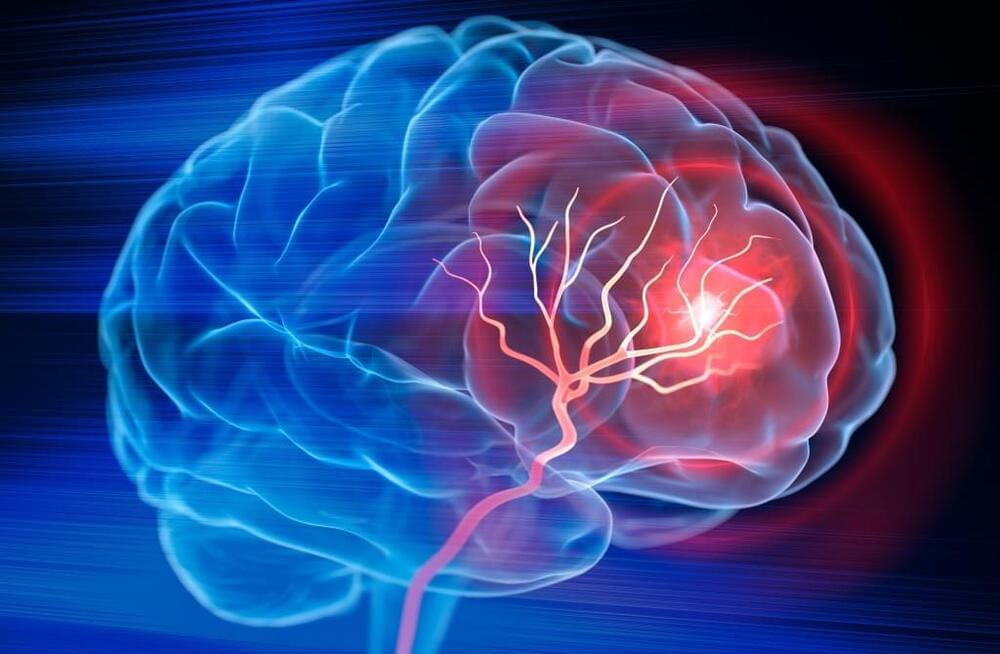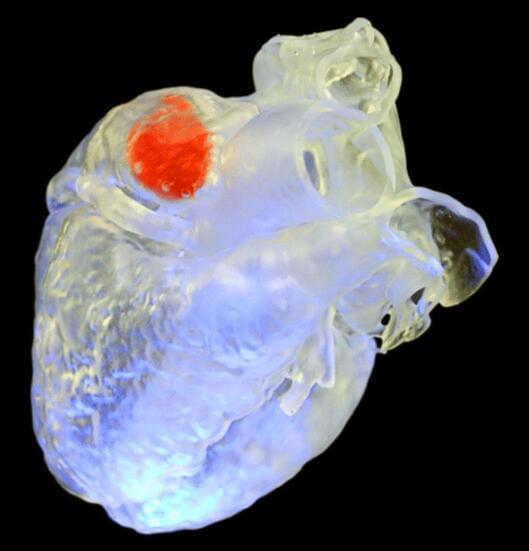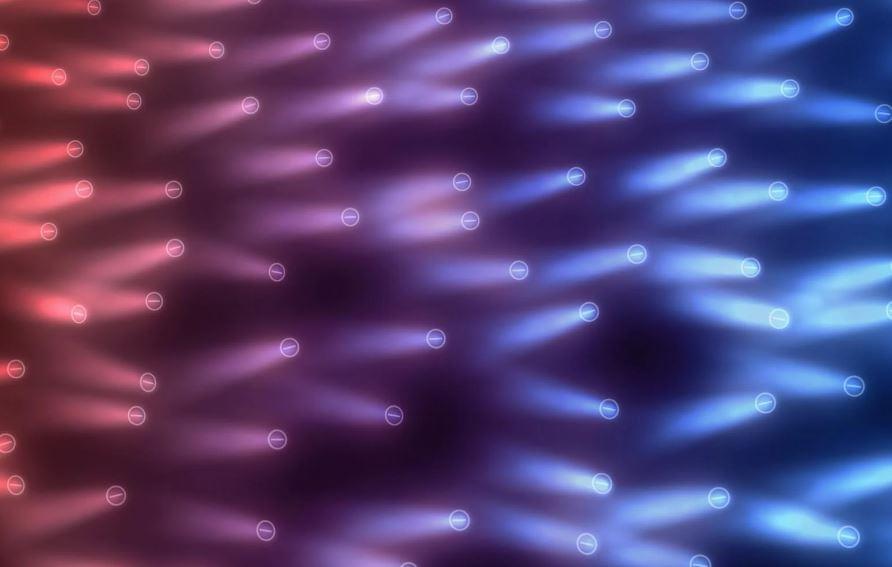Innovative neuromodulation techniques provided by a specialist institute in New Jersey can restore lost functions.



An exploration of the hard science fiction ways a zombie apocalpyse might become a reality. My Interview with Dr. Travis Langley https://youtu.be/tgEITq1puc0?…
Share your videos with friends, family, and the world.

Tesla’s Cybertruck is likely to succeed and has high demand, causing legacy automakers to struggle to keep up with Tesla in the electric vehicle market.
Questions to inspire discussion.
Will the Tesla Cybertruck be available in Europe?
—Yes, there are plans to bring the Cybertruck to Europe, and Tesla may even create a smaller version to accommodate European regulations.

GPT-4 and other models rely on transformers. With StripedHyena, researchers present an alternative to the widely used architecture.
With StripedHyena, the Together AI team presents a family of language models with 7 billion parameters. What makes it special: StripedHyena uses a new set of AI architectures that aim to improve training and inference performance compared to the widely used transformer architecture, used for example in GPT-4.
The release includes StripedHyena-Hessian-7B (SH 7B), a base model, and StripedHyena-Nous-7B (SH-N 7B), a chat model. These models are designed to be faster, more memory efficient, and capable of processing very long contexts of up to 128,000 tokens. Researchers from HazyResearch, hessian. AI, Nous Research, MILA, HuggingFace, and the German Research Centre for Artificial Intelligence (DFKI) were involved.

Long before researchers discovered the electron and its role in generating electrical current, they knew about electricity and were exploring its potential. One thing they learned early on was that metals were great conductors of both electricity and heat.
And in 1,853, two scientists showed that those two admirable properties of metals were somehow related: At any given temperature, the ratio of electronic conductivity to thermal conductivity was roughly the same in any metal they tested.
This so-called Wiedemann-Franz law has held ever since — except in quantum materials, where electrons stop behaving as individual particles and glom together into a sort of electron soup.
This is the BEST and most complete deep dive on the financial models for Tesla’s 11 major business units! James from InvestAnswers comes with data and analysis of the seasonality of Tesla stock showing its volatile movement as it compares to the macro economy and the S and P 500. Together we adjust the assumptions and metrics in his dynamic financial model. Come join us! The spreadsheet used in the video will be made available to everyone once James finalizes it first James runs a very successful YouTube channel called InvestAnswers where he shares insights on financial freedom, real estate, crypto, stocks, and options.
Pick-up truck fans let’s goooooo!! The Cybertruck is back once again, and it’s going head-to-head against one of the most powerful pick-ups money can buy — the Ford F-150 Raptor R! So let’s check out how these two almighty machines compare. Starting with the Tesla, we’ve got our hands on the ‘Cyberbeast’ tri-motor edition, which can produce 845hp and 930Nm of torque. This power is sent to all four wheels, and if you’re looking to pick one up it’ll cost you around $96,000.
It’s also pretty damn heavy, tipping the scales at 3,084kg!! Then alongside it we have the F-150. This Raptor R edition comes with a huge 5.2-litre supercharged V8 under the bonnet that can put down 700hp and 870Nm of torque. This power is sent to all four wheels via a 10-speed automatic gearbox, and this truck also comes in lighter than the Cybertruck, weighing in at 2,703kg.